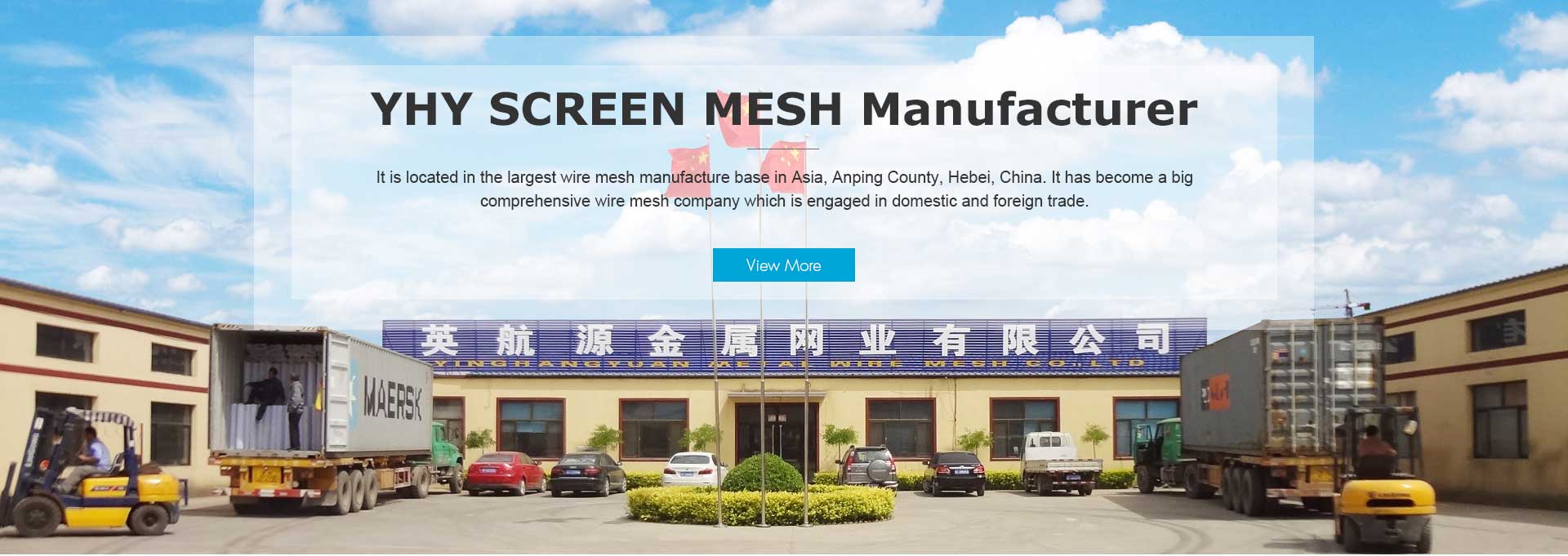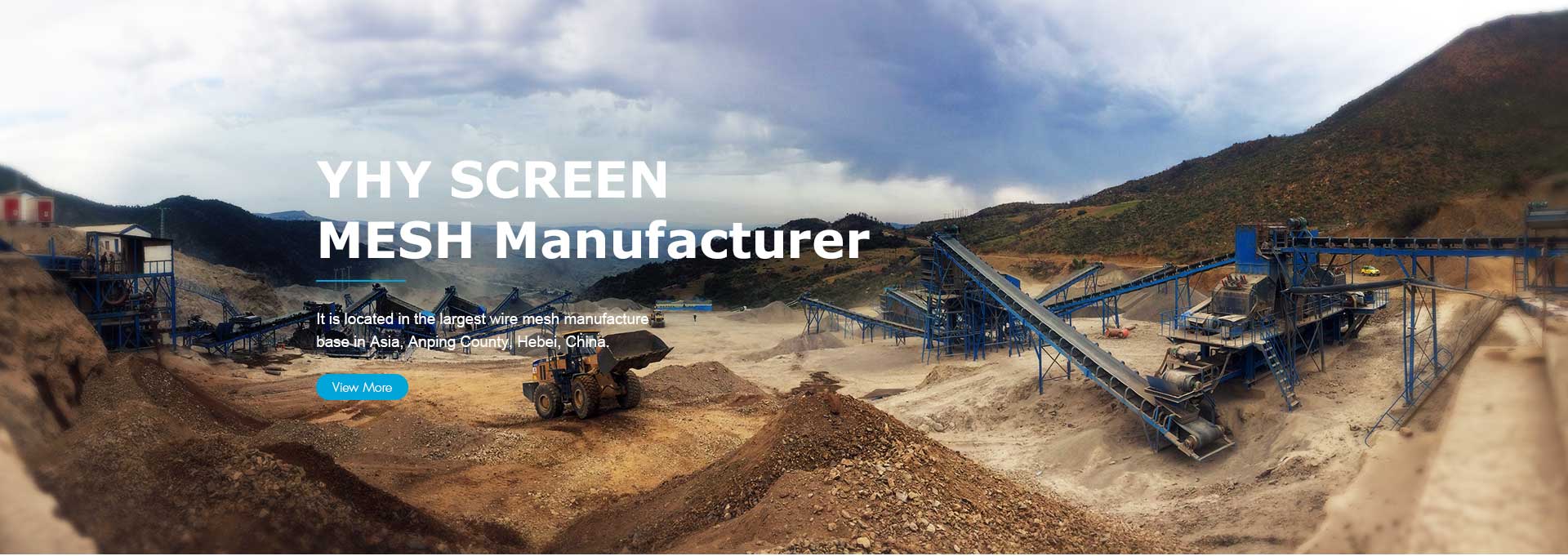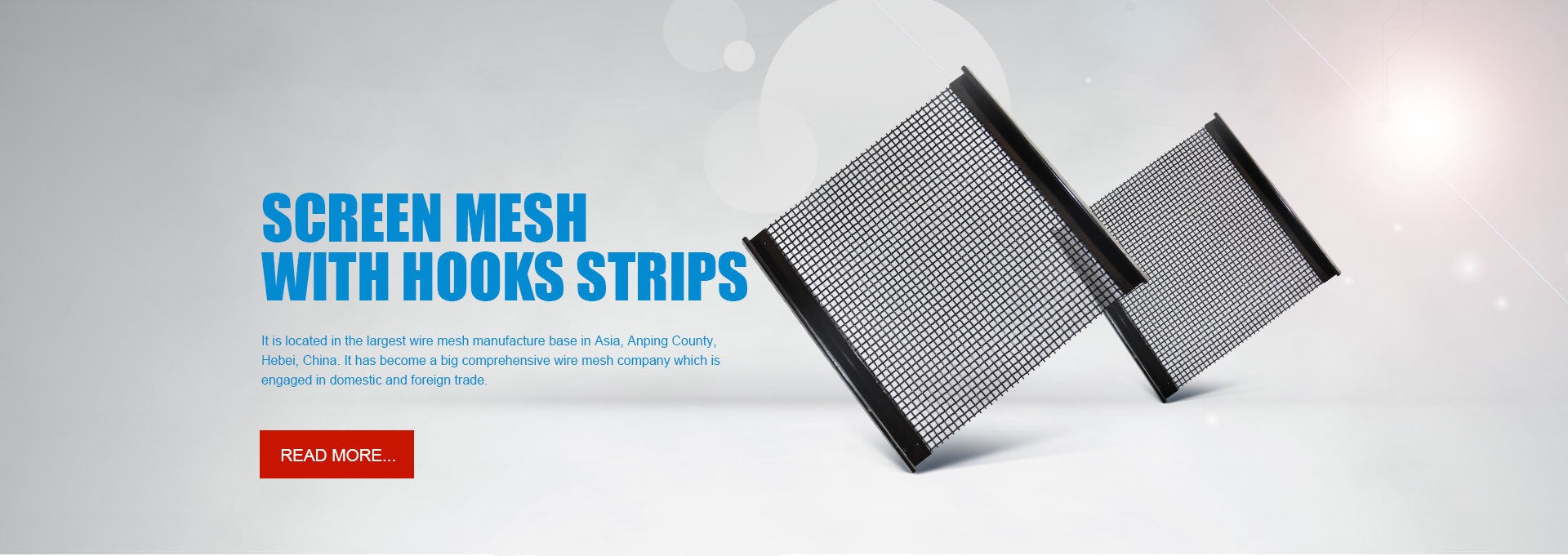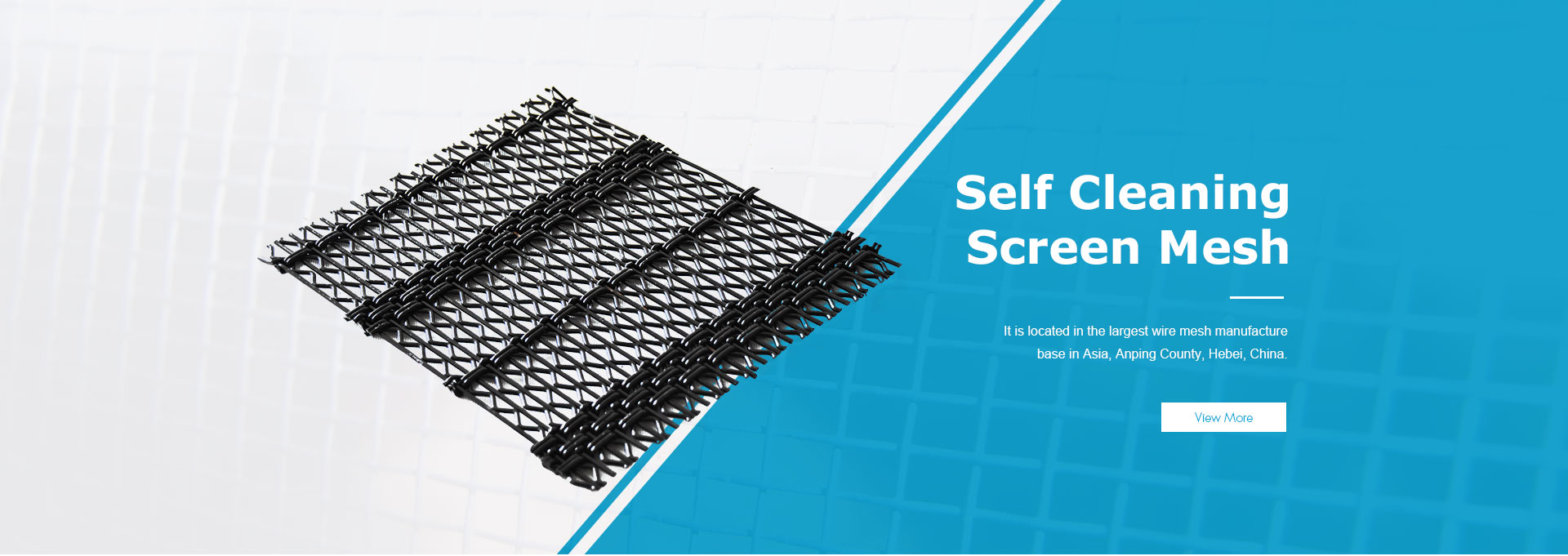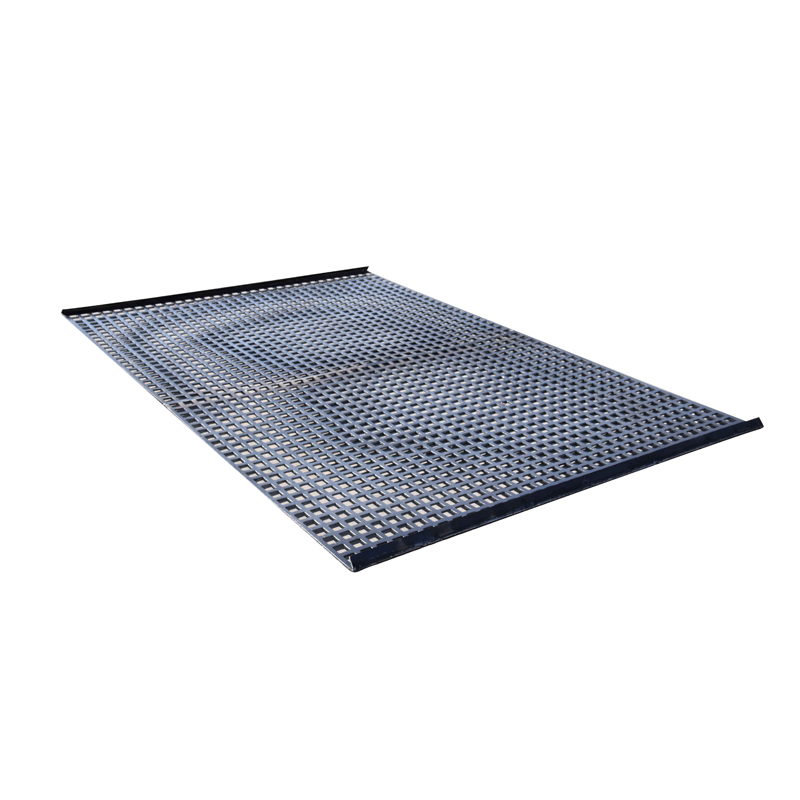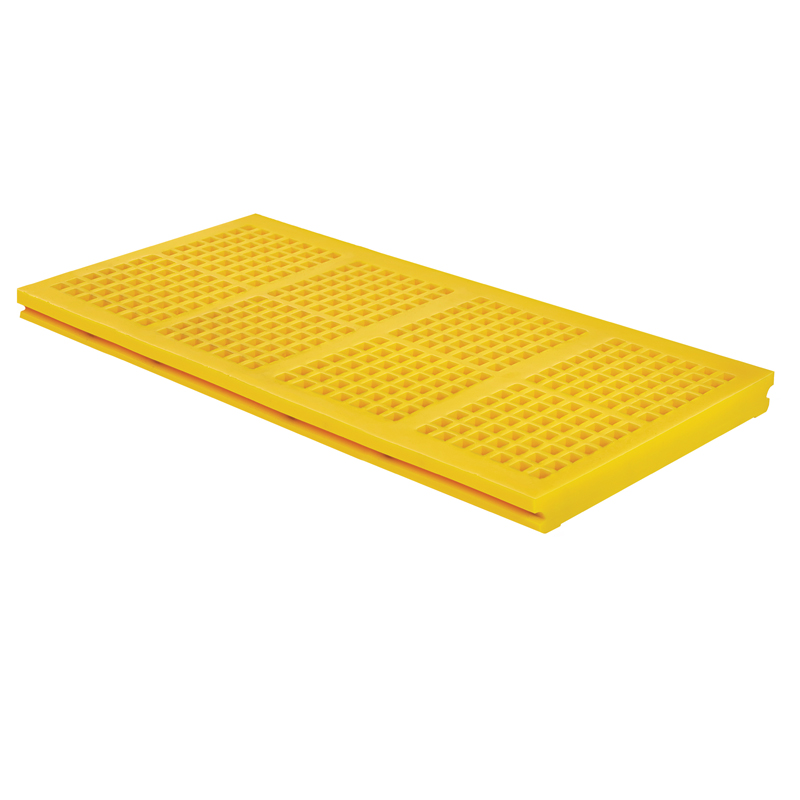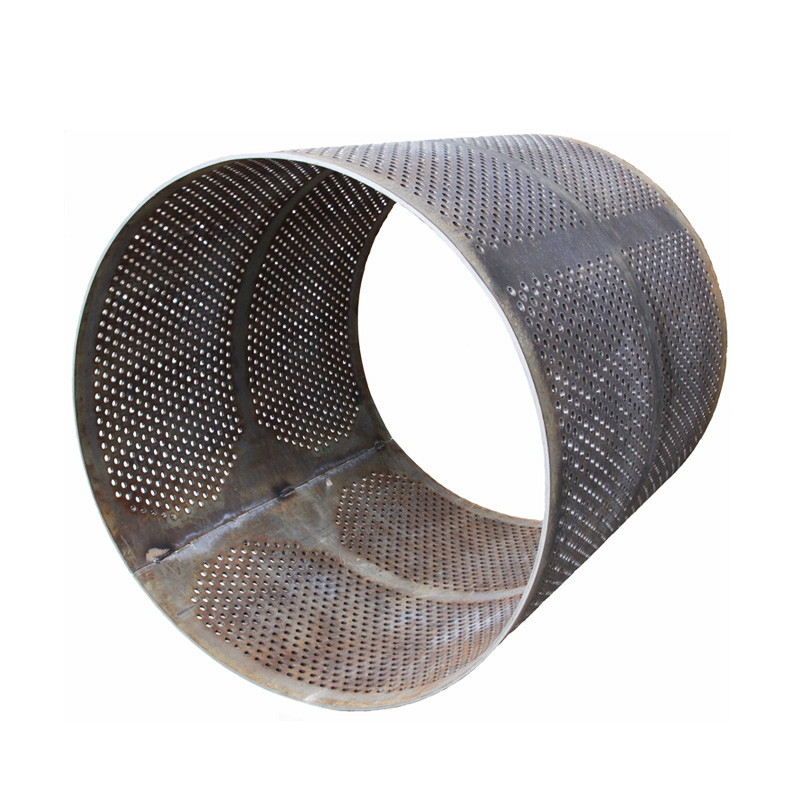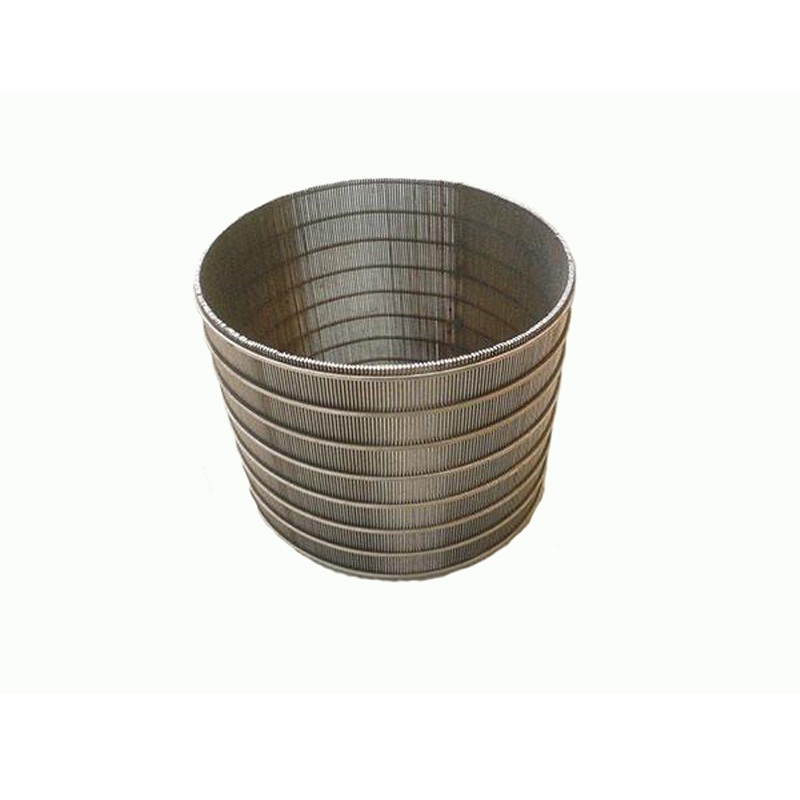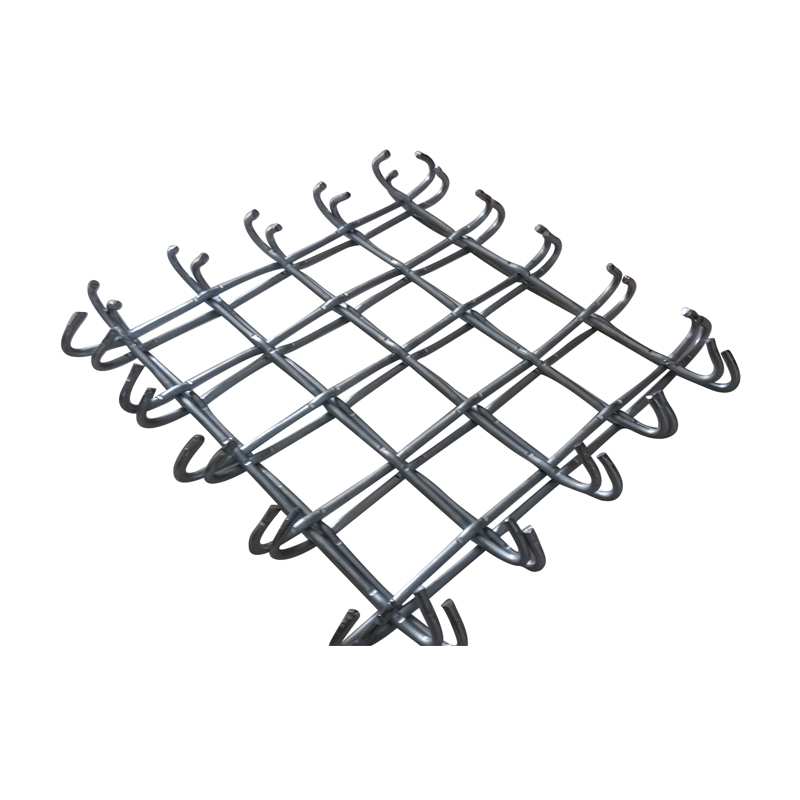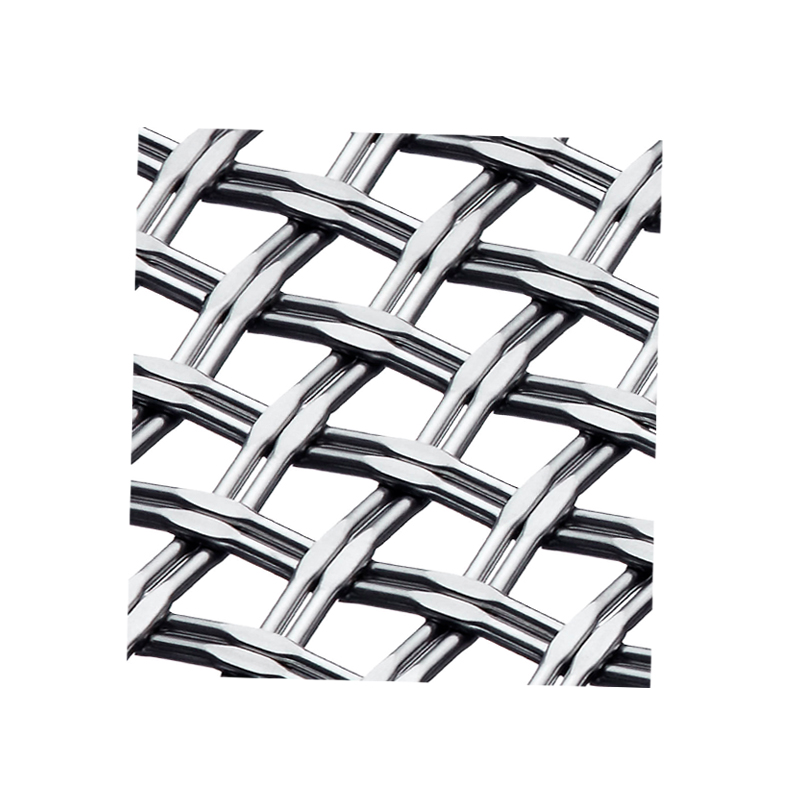For the specification requirements of the screen, what kind of screen type is selected will have a great impact on the quality of the product. When selecting the screen, usually pay attention to the following factors.
1. Description of sieve mesh specifications When you are not sure what national sieve mesh standard is used, you should use "pore size" to describe it, not mesh size.
Different manufacturers may use different national mesh standards. For example, if you want to describe, "I need to buy a 0.25mm aperture screen" instead of suggesting that I want to buy a 60 mesh screen.
2. Determine the particle size detection method with the customer There are many particle size detection methods, usually sedimentation method, laser method, sieving method, image method and resistance method.
To ensure that you are using the same detection method, if you and the customer use the sieving method, you need to confirm whether your standard sieve and the customer's standard sieve use the same country's standard.
3. Consider product properties The following liquid or solid properties can affect the screening process and speed:
Liquid or semi-solid products: viscosity, particle size distribution, cohesion force (cohesion between particles), particle shape and electrostatic charge and size of mesh openings;
Powder products: Granular products with size X < 100 μm are not suitable for screening due to the cohesive force (Van der Waals force) between particles. Because the small particles will aggregate with each other, forming agglomerates. Usually a mesh size of 0.09mm to 20mm is most effective (from the IFS Foreign Body Control Guidelines).










